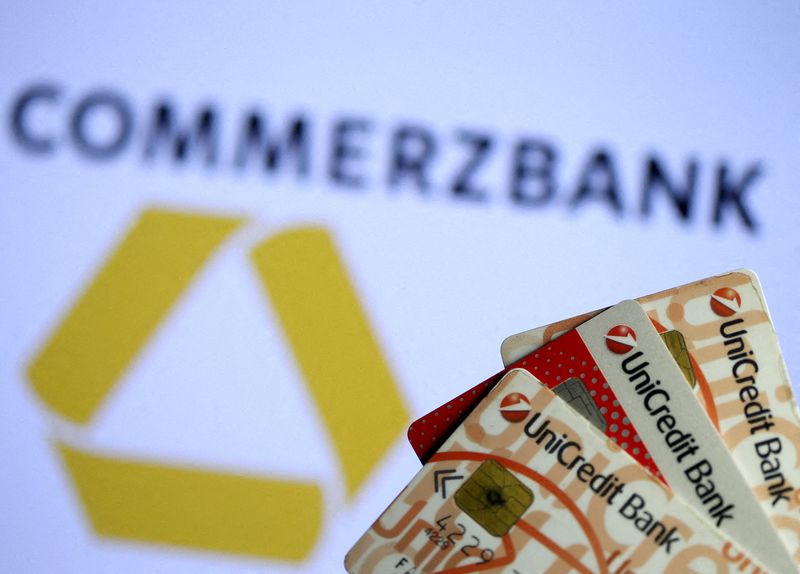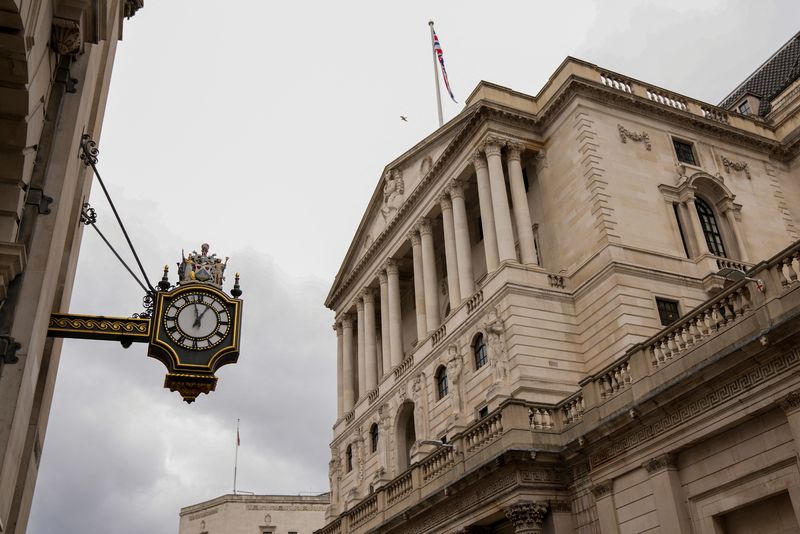Here’s everything you need to know about China’s stimulus

Investing.com — China has recently announced its first major coordinated monetary easing in recent years, which includes cuts to the reserve requirement ratio (RRR) and interest rates, as well as adjustments to property-related policies, such as mortgage rate reductions and lower down-payment ratios.
Measures to boost stock market liquidity through swap and relending facilities, along with efforts to strengthen bank capitalization, were also introduced.
Looking ahead, the focus is expected to shift more toward fiscal stimulus, alongside monetary measures, to stimulate demand through increased consumption and investment, stabilize the property sector, and address balance sheet issues, Bank of America analysts said.
Key areas of attention for the consumer sector include social security, healthcare, and pro-birth policies, such as allowances for families with multiple children and low-income households. Consumption coupons are being discussed, though large-scale nationwide distribution is not anticipated in the short term.
BofA notes this is the worst consumer down-cycle since China’s entry into the World Trade Organization, driven by wealth destruction, estimated at around RMB60 trillion (~US$8.6 trillion) in the property sector alone since 2021. Other contributing factors include record-low consumer confidence, weak business sentiment, sluggish job markets, wage stagnation, deleveraging, and an aging population.
According to BofA analysts, the biggest impact of China’s measures is the near-term wealth effect, with the rally in the A-share market boosting market capitalization by RMB17.3 trillion as of September 23, as well as short-term support to sentiment and expectations.
However, the analysts caution that a significant boost to overall consumption is not expected immediately, “except for trade-in subsidies in select segments announced before.”
As for the timeline to fully revive consumption, BofA analysts note that it will take time and depend on the effectiveness of policies. They point out that “history suggests each major consumer downcycle normally lasts 3.5-4 years, and we are only 2.5 years into the current cycle.”
“Policies need to be decisive, given massive wealth destruction & property turmoil before,” analysts added.
“We believe a huge amount of work needs to be done, to repair confidence/expectations, especially amid frequent shocks from internal policy back-and-forth and external geopolitics. Otherwise, people might regard the current window as just another false dawn.“
In terms of global brand implications, analysts believe these brands may benefit initially from China’s recovery through share price gains and a potential wealth effect boosting consumer confidence, particularly in luxury and beauty sectors. However, assumptions of a quick turnaround could be premature.
Policies may favor domestic brands, as they are more relevant to lower-end consumers. Furthermore, global brands face rising competition from local brands and must adapt with the right products, pricing, and agility to navigate channel disruptions for sustained success.







